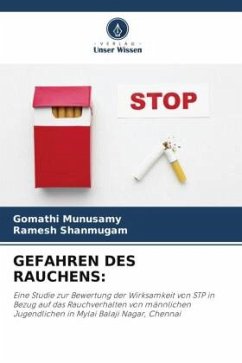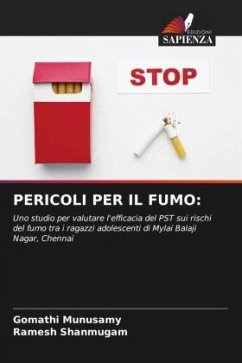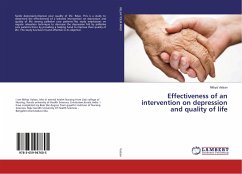
Nursing Care of Drainage Tube: Knowledge Assessment
Versandkostenfrei!
Versandfertig in 6-10 Tagen
41,99 €
inkl. MwSt.

PAYBACK Punkte
21 °P sammeln!
The use and care of a surgical drainage tubes continues to be common facet of surgical patients. Postoperative care and recovery strategies, from post anesthesia care to hospital discharge can avoid complications, promote healing, and achieve a positive outcome. Perhaps, shorter lengths of stay in the acute care setting mean that nurses in home and long-term care need a basic knowledge of tube and drain management. When drainage interferes with healing, drainage evacuation can be achieved by using either a drain alone or drainage tube with continuous suction. A drain is a created channel that ...
The use and care of a surgical drainage tubes continues to be common facet of surgical patients. Postoperative care and recovery strategies, from post anesthesia care to hospital discharge can avoid complications, promote healing, and achieve a positive outcome. Perhaps, shorter lengths of stay in the acute care setting mean that nurses in home and long-term care need a basic knowledge of tube and drain management. When drainage interferes with healing, drainage evacuation can be achieved by using either a drain alone or drainage tube with continuous suction. A drain is a created channel that allows any collected fluid to come out after closure of the main wound. Drains can be kept for a long time which is used to drain the serous fluid and deep collection of blood, which can be measured. Use of drains has less infection rate, comfortable to the patient, no skin excoriation and removal is easier and hence there will be less duration of hospital stay. Similarly, surgical drains are used in a wide variety of different types of surgery. The intention is to decompress or drain either fluid or air from the area of surgery.












